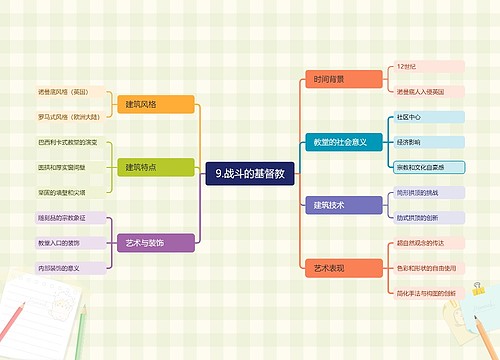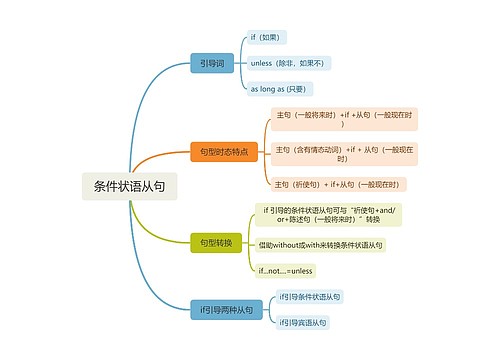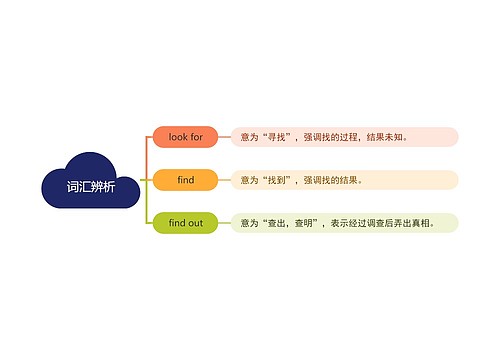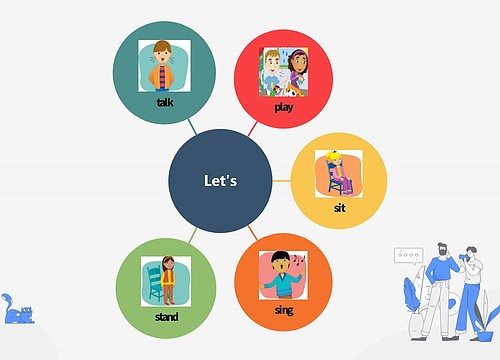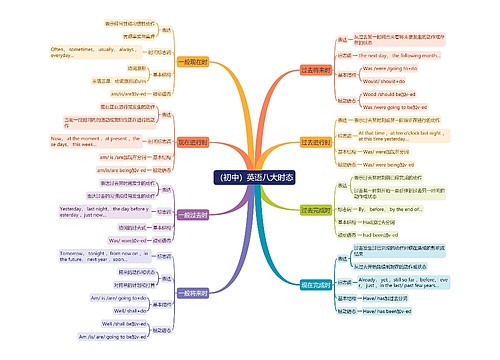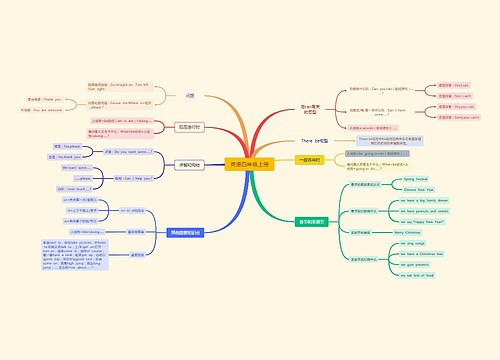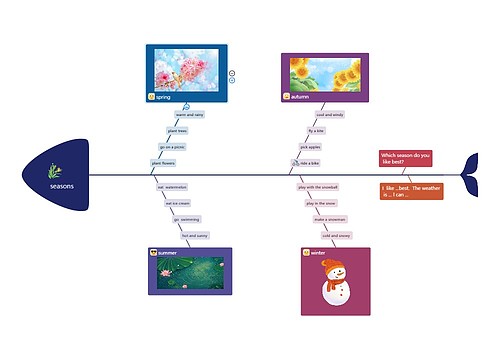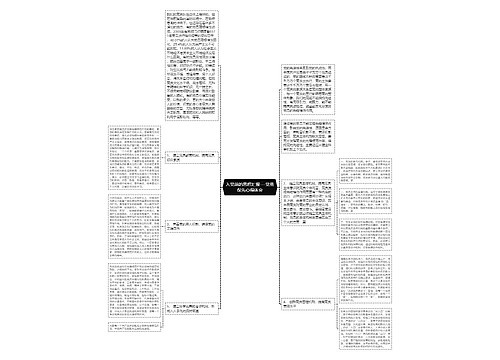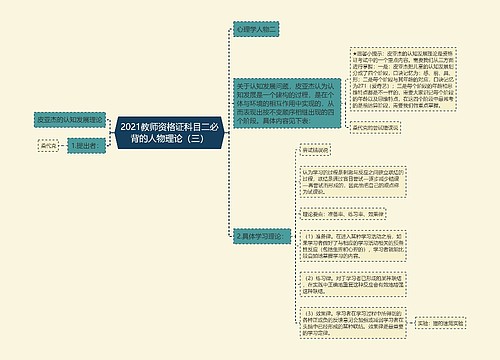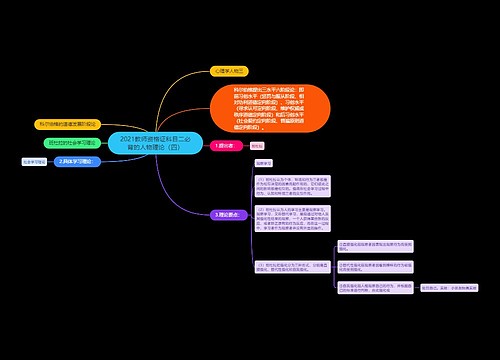while在英语中一般有三种用法,分别如下:
一、 while 用作名词时,意为“一段时间,一会儿”:
I stayed there for a short while.
The postman came a short while ago.
1. 意为“当……时候,和……同时”,引导时间状语从句.例如:
While I was watching TV, the bell rang.
Meimei watched TV while she ate her supper.
2. 意为“虽然,尽管”,引导让步状语从句.例如:
While it was late, he went on working.
While he is in poor health, he works hard.
3. 连接两个并列句子,表示“对比”关系.例如:
He went out for a walk, while I stayed at home.
I like singing while she likes dancing.
You like sports, while I prefer music.
1. while 引导的时间状语从句既可放在句首,也可放在句末;而 while 引导的让步状语从句一般放在句首,不放在句末.另外,也可以从意义上加以区分.例如:
While he was tired, he went on working.
While he was tired, he would have a rest.
2. while 引导让步状语从句时,如果从句的主语和主句的主语相同,那么从句的主语和谓语动词 be 都可以省略.例如:
While he was ill, he went there. (= While ill, he went there.)
3. while 和 when 都可以引导时间状语从句,但应注意: while 引导的时间状语从句中的谓语动词必须是延续性的动词;而 when 引导的时间状语从句中的谓语动词既可以是延续性动词,也可以是非延续性动词.当时间状语从句中的谓语动词是延续性动词时, while 和 when 可以互相替换.例如:
While we were talking, the teacher came in.
The bus had left when we arrived at the bus stop.
( arrive 是非延续性动词,因此,此句中的 when 不能用 while 替换.)
When / While we were having a meeting, our teacher came in.
( have 是延续性动词,因此,句中的 when 可以用 while 替换.)
4. while 引导的状语从句还可以表示“某个动作正在进行的同时,另一个动作也在进行之中”.例如:
While the teacher was speaking, the students were listening.
While he was writing, I was reading

 U633687664
U633687664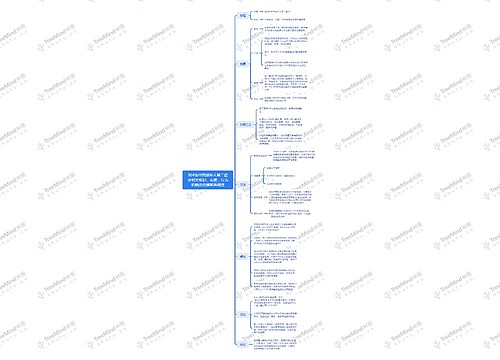
 U582679646
U582679646